The history of Twin Mirror is as twisting as that of its protagonist, Sam Higgs. It’s been in the works at Dontnod since 2016, was announced as an episodic game in 2018, and then it finally put out a teaser trailer at the PC Gaming Show this year. In those intervening years it’s morphed into a single, non-episodic title, and appears to have been pretty heavily reworked.
Nonetheless, this is Dontnod sticking with the tried-and-tested Storytelling With Choices format that worked beautifully in Life is Strange. No Vampyr-esque combat or RPG shenanigans here: just exploring locations, making tough decisions, and seeing how the story unfolds. And in a 20-minute hands-off video, I’ve seen a little bit of that.
A more mundane life
Twin Mirror is a bit of a shift from Life is Strange in a few ways, though, most notably in its protagonist. Sam is a former investigative journalist who I’d guess to be in his early 30s. He’s unhappy and disheveled, and he’s also an adult, which is a far cry from the coming-of-age stories and indie chic of the Life is Strange games. Dark as they got, they mostly had bright colours at the forefront. Not so, here.
Setting-wise, we’re looking at the rotting corpse of small-town Americana. The fictional town of Basswood, West Virginia, was built around a mining boom. But when Sam drives through it in the opening scenes of Twin Mirror you see winding and bumpy roads, houses with FOR SALE signs prominently displayed, and basically no people. It’s all muted colours with browns and greys; not foreboding, exactly, but listless and lifeless. And yet still buoyed up by Dontnod’s cinematic feel: this opening sequence plays along to Sean Rowe’s You Keep Coming Alive, so I figure we’re going to get a fair bit of indie folk and alt music in here too.
Sam left Basswood years prior after largely undisclosed events, and now he’s back for the funeral of his best friend, Nick. Not the happiest reunion, and he really doesn’t want to be back there. All implications are that the town’s residents aren’t going to be too happy to see him, either.
Welcome to Basswood
The demo I saw was comprised of two consecutive sections from the start of the game. The first was before the funeral, as Sam arrives in town: he visits a promontory he used to hang out at in the past. The sweeping views overlooking Basswood over some insight into the town, but also into Sam’s past. Wandering around this environment brings a continual stream of internal monologues from Sam as he comments on anything and everything you walk past. Naturally, there are also plenty of incidental details you can glean by examining things more closely.
It also introduces the Mind Palace, which is Sam’s mental world in Twin Mirror. On approaching the promontory’s spyglass, Sam enters the Mind Palace in a visually striking scene: the world cracks and fades away, and reassembles itself into a crystalline world like something out of a fantasy platformer. This is both where Sam can relive past memories (giving the player insight into past events and Sam’s state) and also reconstruct and investigate more recent events based on clues and logical deductions.
In this instance, the promontory spyglass is where he proposed to his girlfriend, Anna — and she turned him down. This, and the subsequent break-up, was at least one of the things that resulted in his leaving Basswood, but there are pretty hefty implications that a lot more happened than just that.
More details on characters and events can be uncovered via collectibles. Scraping the moss off a tree trunk reveals an S&A heart carved into the wood by Sam and Anna, and finding this opens up a short text story in Sam’s journal explaining how this happened.
Unfortunately for Sam, being lost in his own thoughts means that so much time has passed he actually missed the funeral.
A twin mirror
Still, Sam can at least make the wake at a local bar, the parking lot of which is the second playable bit I saw. Sam’s arrival at the dark, moody, neon-lit car park is noted by Joan, the 13-year-old daughter of his deceased friend, who also happens to be his god-daughter.
Joan wants to talk, and the two retire to Sam’s car for a chat. After a brief discussion about Sam’s reasons for leaving town and not staying in touch, the conversation turns to the real reason Joan pulled him aside. See, it turns out that Joan harbors suspicions about her father’s death. He was an over-cautious driver, and a car crash doesn’t fit. And then time freezes.
It doesn’t freeze in a supernatural way like Life is Strange. It freezes because this is when we’re properly introduced to the Double.
The Double is Sam’s internal alter-ego, who seems to be a much more collected, reasonable, and archetypally “adult” version of Sam, with glasses and neatly combed hair. The Double will pop up periodically throughout Twin Mirror to offer thoughts, but will always appear when a big decision needs to be made. As he’s in Sam’s head, time will pause as Sam consults him. He’ll give his own perspective on whatever decision our protagonist is facing, and offer counsel and an alternative course of action. It’s up to you whether you want to listen.
Choice and consequence
Joan wants Sam to look into the car crash and see if there was anything untoward about it. Sam was, after all, an investigative journalist, and his gut reaction is to agree to do so. But the Double cautions against this: agreeing to look into it is tacitly providing hope of finding something, and at some point, Joan will have to come to terms the fact that her father’s death may have just been a tragic accident. Prolonging that could be cruel.
As a “big decision”, this is one that, theoretically, will heavily impact the plot. I question just how deeply it’ll do so, though. While it’ll certainly change the nature of Sam’s relationship with his god-daughter, I strongly suspect that Sam’s going to end up investigating the crash regardless and will probably find something unusual about it. This is a psychological thriller, after all. But perhaps I’m wrong, and perhaps Twin Mirror will offer bigger and more wide-ranging branches than we’re used to from this sort of game. That, unfortunately, remains to be seen. Doubly unfortunately, that’s also the end of this 20-minute tease.
Looking to the future
What I’ve seen of Twin Mirror is promising, to say the least. The adult characters and more muted visuals are a nice shift, and I’m keen on both the setting and the premise of an adult investigator looking into the secrets of a place he’s familiar with but unwelcome in. And while there’s still some work to be done (the lip-syncing, in particular, is a little iffy) I’m cautiously optimistic.
But Twin Mirror will live or die with its story, and all I’ve seen so far is the relatively slow opening that introduces a couple of characters and the primary gameplay concepts. Where will it lead? How much will it branch? How varied will the endings be? Why did Sam leave, and where will the investigation go? Just how does the Mind Palace work? What are those pills Sam keeps taking and is the Double something a bit more dissociative?
The fact that I want answers to these questions is a promising sign. Unfortunately, we’re going to have to wait until the game’s launch approaches later this year to get any hints as to the answers.

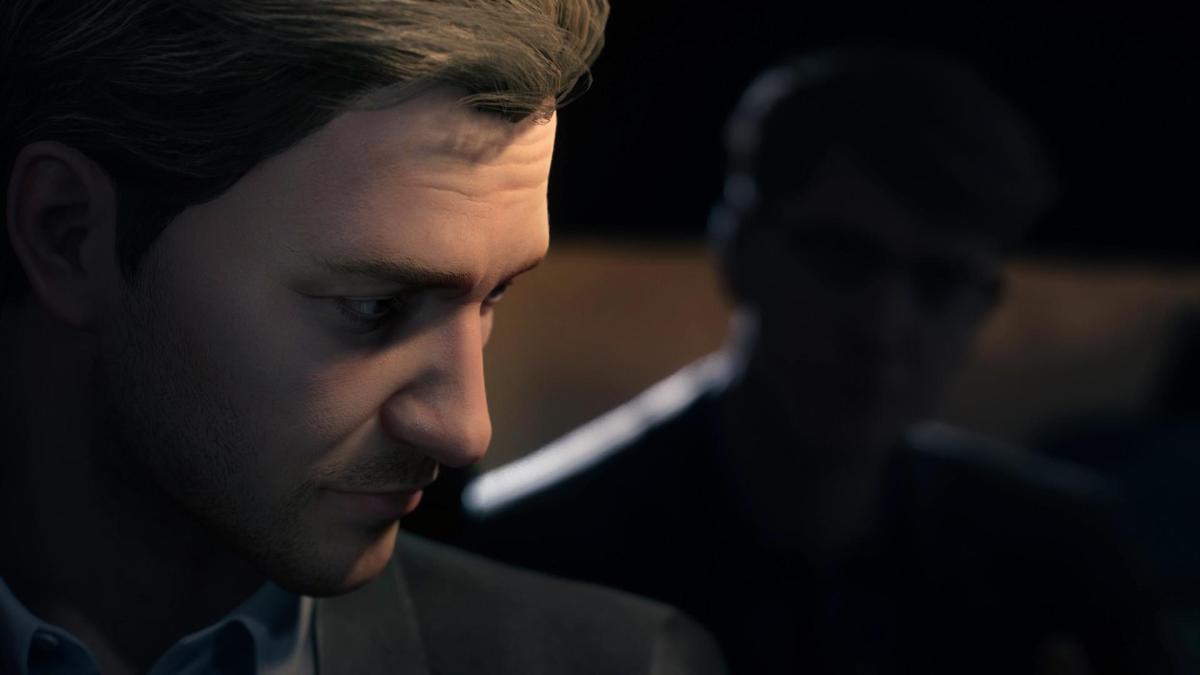


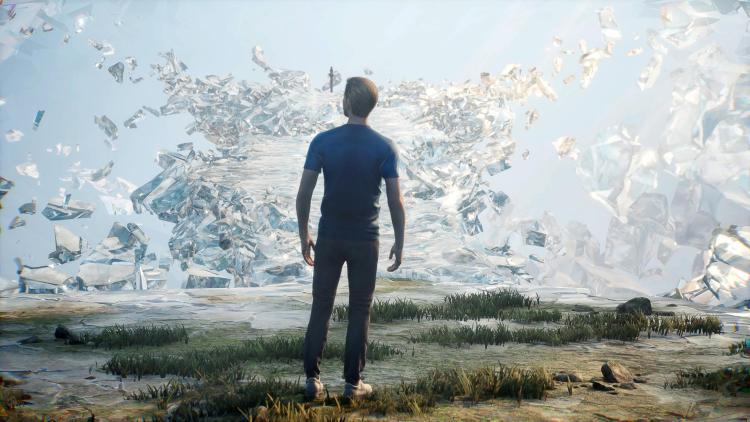



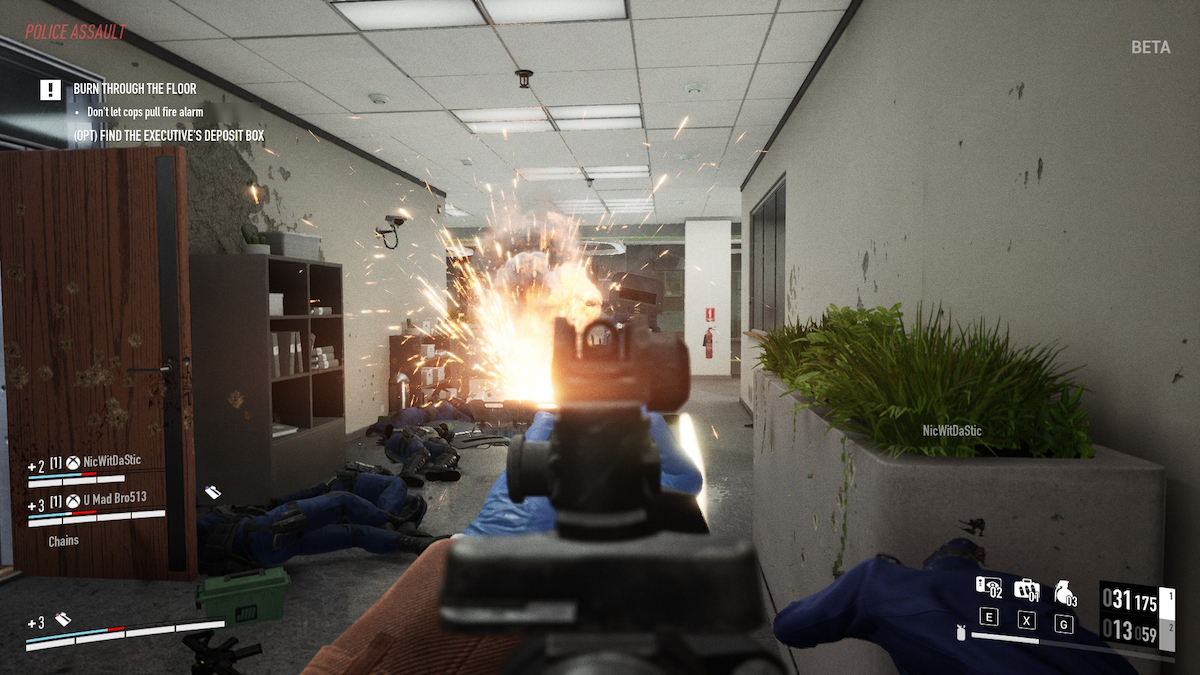
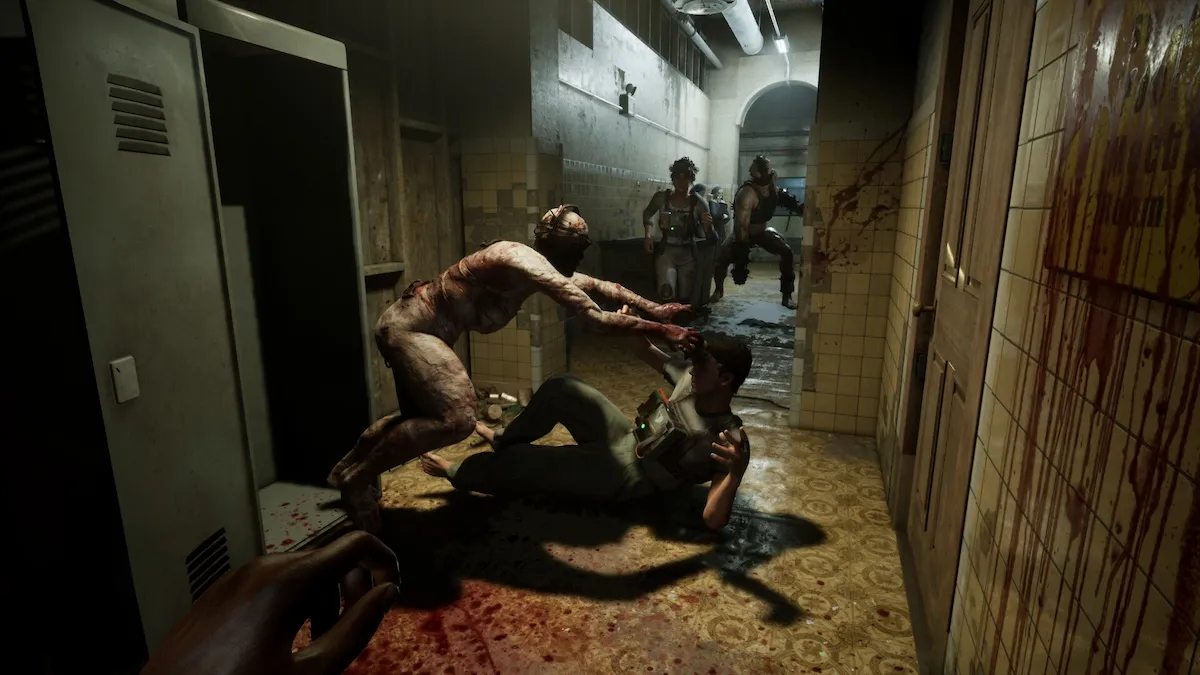
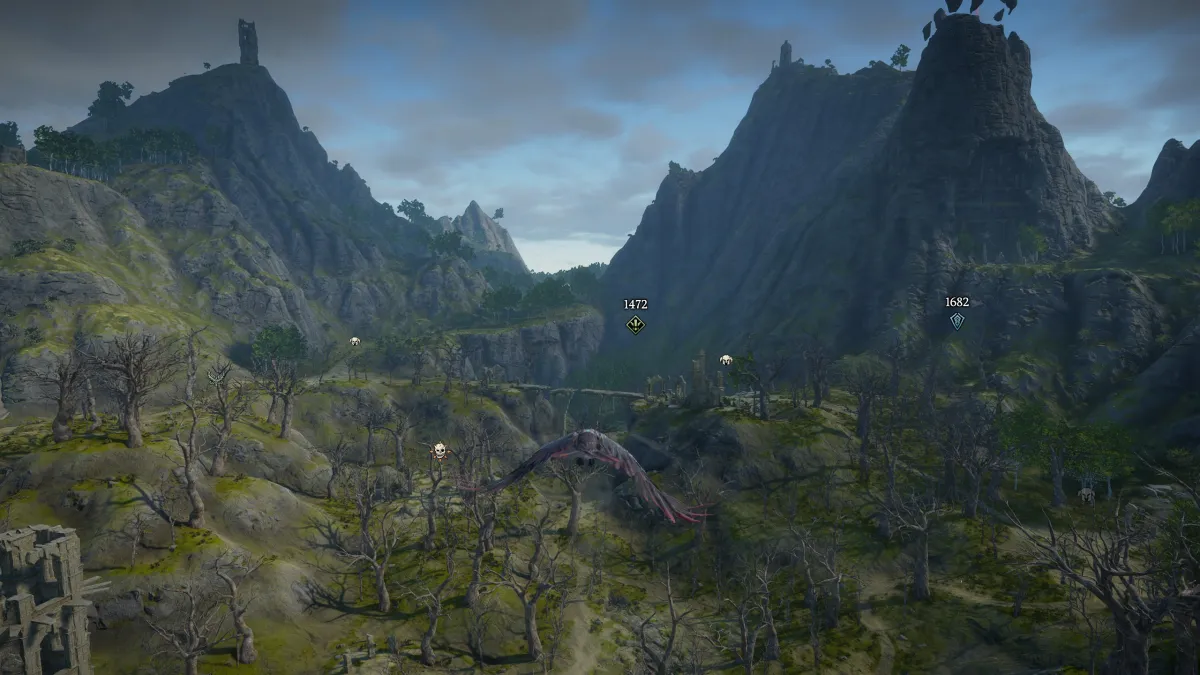
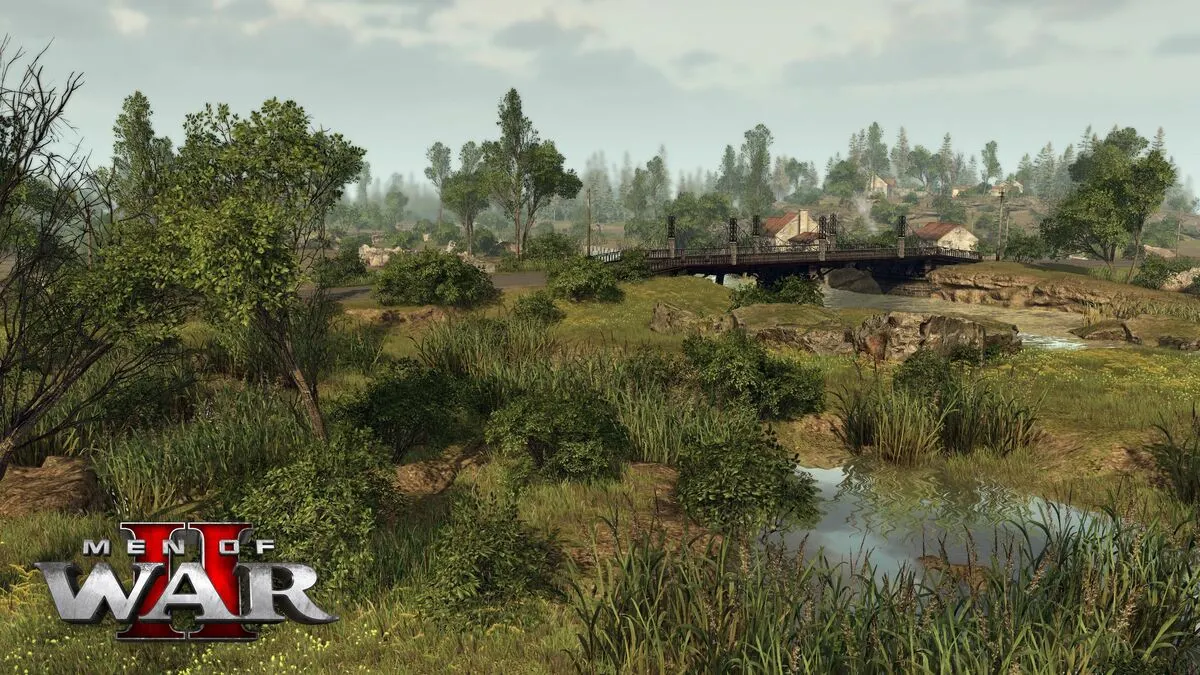
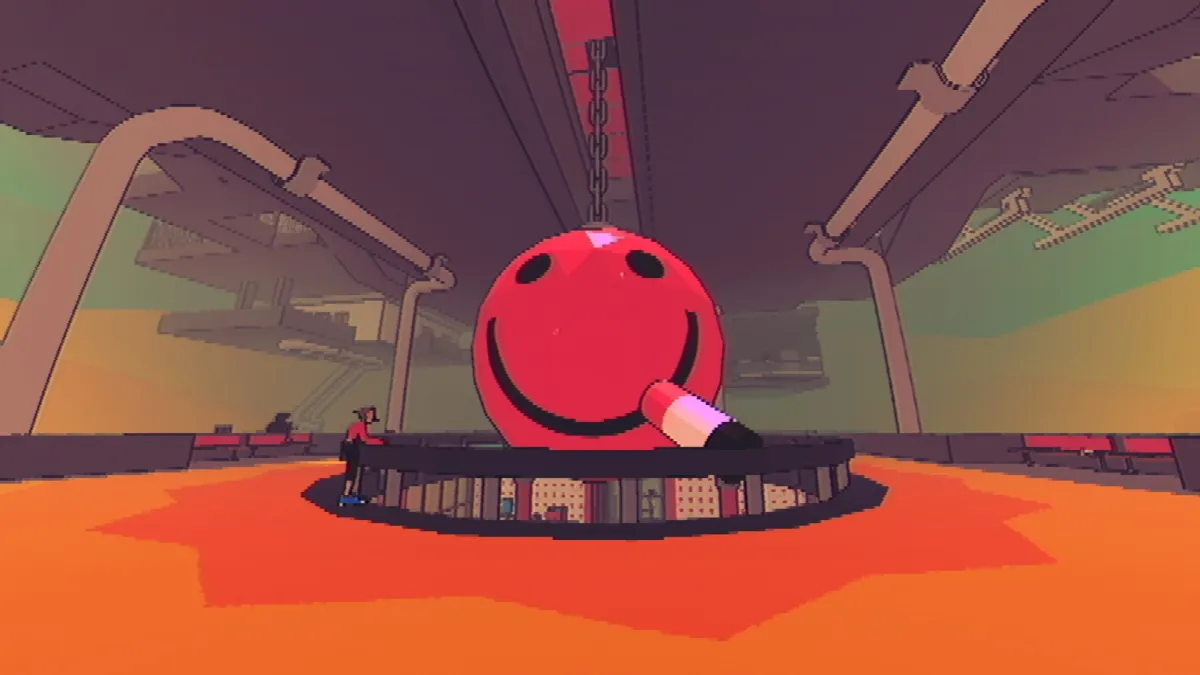
Published: Jul 10, 2020 11:00 am